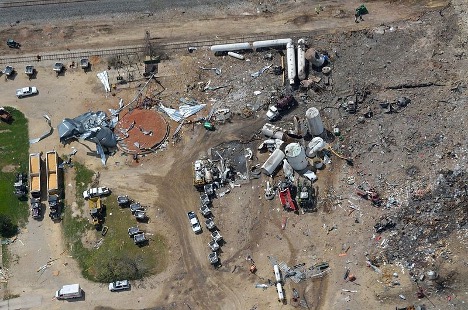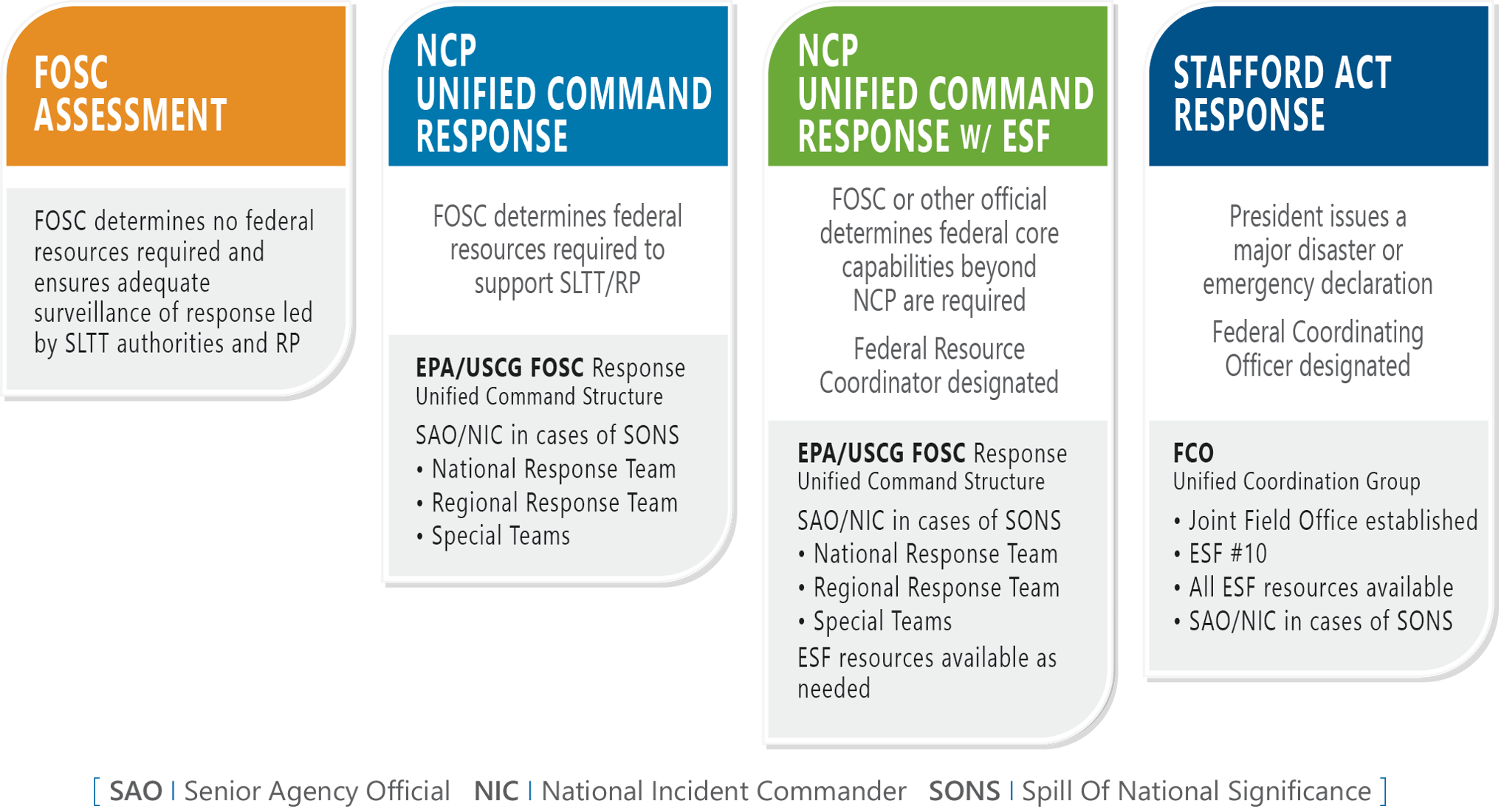As depicted on the following page (Figure 74) and described briefly here, there are four escalating constructs for coordinating federal response to chemical incidents, which scale based on the size and complexity of the incident and the extent of its impact. The Environmental Protection Agency (EPA) or US Coast Guard (USCG) FOSC will initiate a preliminary assessment to determine the degree of federal support necessary. The lowest level of federal involvement in chemical incident response is FOSC surveillance of Responsible Party response efforts (the RP is the owner/operator of the involved vessel or facility). If the FOSC determines federal assistance beyond surveillance of Responsible Party activities is required, the FOSC will escalate the response to the second level of federal involvement. The second and subsequent levels treat the incident as a National Oil and Hazardous Substances Pollution Contingency Plan (NCP) incident, engaging components of the National Response System (NRS). Recall that some incidents fall outside of NCP authority, such as when the substance released does not qualify as a hazardous waste, or when released into drinking water supplies due to normal deterioration of the water system.
The NCP defines which agency takes the lead in the incident response and is responsible for providing the FOSC and planning and implementing response actions; the lead agency varies depending upon the nature of the event. If more federal resources are required, beyond the scope of the NCP alone, the FOSC may request Department of Homeland Security (DHS) assistance in coordinating Emergency Support Function (ESF) response capabilities and additional federal agency support (third level). If the incident requires federal support beyond what the NCP and ESF capabilities can provide, the President may make a Presidential Disaster Declaration under the Stafford Act to augment federal support (highest level). Each of these levels is discussed in further detail in the following section.
For more information about the doctrine that underpins the tiered response (including descriptions of the NCP, CERCLA, and CWA/OPA authorities), see Appendix C, and for more information about ESF response capabilities, see Appendix F.
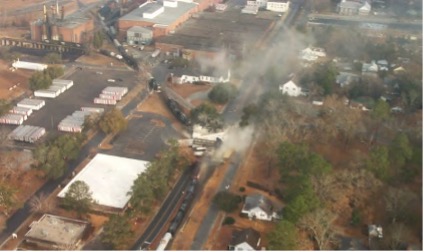

The Comprehensive Environmental Response, Compensation, and Liability Act (CERCLA) and Clean Water Act (CWA) require oil discharges and releases of reportable quantities of listed hazardous substances be reported to the National Response Center (NRC). The NRC forwards these notifications to the pre-designated EPA or USCG FOSC based on the nature of the discharge or release. The FOSC then either allows the RP or SLTT entities to conduct response activities with FOSC surveillance or determines that the discharge is a substantial threat to public health or welfare and elevates the response to a higher tier, thus engaging the federal government in the response efforts.
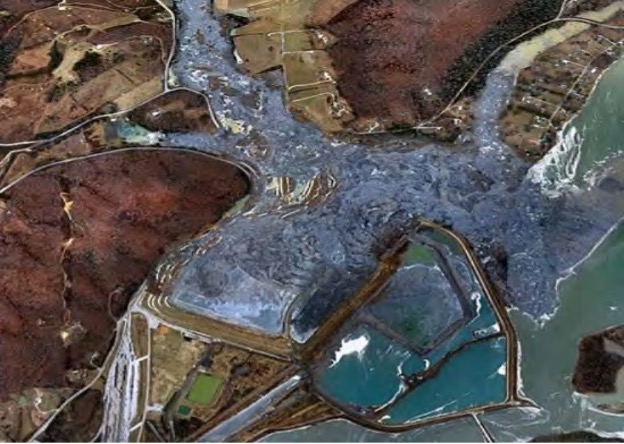

When the FOSC determines federal NCP response capabilities are necessary, components of the NRS may support the response, which includes the Regional Response Teams (RRTs) and National Response Teams (NRTs). For example, if the FOSC determines the incident is a spill of national significance (SONS), the incident response must be led by the federal government. In case of a SONS, the EPA Administrator or USCG Commandant may designate an officer/commander to assist them in communication and coordination activities. If the FOSC is from the EPA, a Senior Agency Official (SAO) is named; if the FOSC is from the USCG, a National Incident Commander (NIC) is named. The NIC and SAO do not replace the FOSC, but rather support them. Historically, the majority of chemical release responses that have received federal assistance have remained within the second level of response and have been conducted within the scope of the NCP, led by the EPA or USCG.
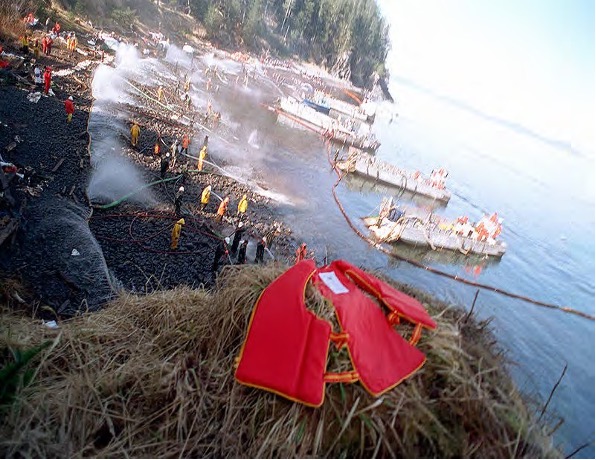

When the incident requires federal resources beyond the scope of NCP support, the FOSC may call for additional assistance from the DHS Secretary. This typically occurs in response to a request from SLTT authorities. In response, DHS may designate a Federal Response Coordinator (FRC) who is responsible for coordinating support through interagency agreements, namely the ESFs. ESFs are mechanisms for grouping functions frequently used to provide federal support to states, as well as federal-to-federal support.


The President may make a Disaster Declaration under the Stafford Act when the incident has catastrophic consequences. Such declaration enables the federal government to financially support response, recovery, and mitigation efforts. FEMA is the lead agency for activities carried out under the auspices of the Stafford Act and designates a Federal Coordinating Officer (FCO) to coordinate the federal response. Components of the federal response under a Stafford Act declaration are described in detail in the Response and Recovery Federal Interagency Operational Plans (FIOPs) and their Oil and Chemical Incident Annex (OCIA). Historically, very few chemical incidents have involved a Stafford Act declaration.
